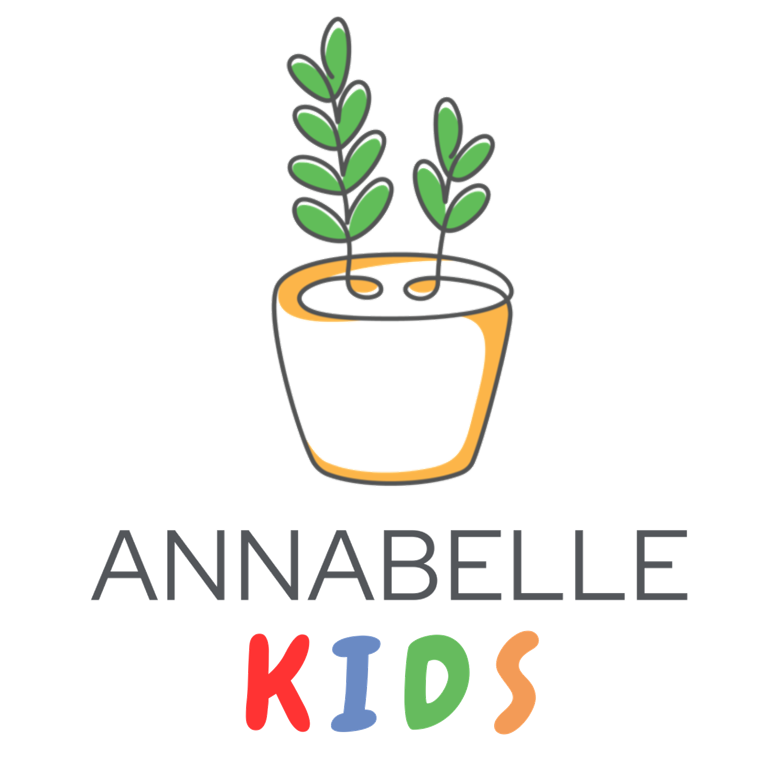How can I help my child with ADHD?
To achieve positive changes in all settings, children with ADHD need a sense of consistency.
They are more likely to be successful in completing tasks when the tasks occur in predictable patterns and settings. This way, they will know what to expect and what is expected of them. Here are some tips that have been found to be effective in helping children with ADHD:
1. Create a routine & follow it. Establish a time and place for everything to help a child understand & follow instructions. Create simple & predictable routines for meal times, homework, play time & bed time.
2. Be clear & specific when talking to your child. Use clear & brief instructions when you need them to do something.
3. Use a reward system. Use a chart to monitor goals & track positive behavior, then let your child know when they have done something well by praising them or rewarding them in other ways. Make sure the goals are realistic, as small victories are worth celebrating.
4. Create positive experiences. Children with ADHD may find certain situations very stressful. Finding out & encouraging them to be involved in things they do well (e.g. sports, music, art) can help create positive experiences for your child.
5. Provide a healthy lifestyle. Having enough rest (sleep), eating nutritious food & regularly exercising are important and can help prevent ADHD symptoms from worsening.
Effective Strategies for children with ADHD
Ψ Self-monitoring behaviour
As children with ADHD have difficulties in executive functioning such as decision-making and impulse control, this may lead to many unwanted behaviours in the classroom. Self-monitoring techniques can help a child be more aware of their behaviours and improve over time. Read more about self-monitoring behaviour and how to implement it here.
Ψ Token Economy
A token economy is a positive reinforcement strategy for building up and maintaining appropriate performance and behaviour, be it at home or in a classroom setting. In a token economy, if a child acts or behaves in a certain way, they will be able to trade in their tokens for a reward or a privilege. Read more about a token economy and how to effectively implement it here.
Support, not Enable
One of the most helpful things you can do for your child with ADHD is to try and understand their struggles without judgement.
Remember that they are not forgetting things, making careless or reckless mistakes, losing focus, having an emotional meltdown, etc. on purpose or because they are lazy or spiteful. ADHD is not an excuse but an explanation for these behaviours. As a parent, remember that it is not because you are doing something wrong either.
What your child will need to learn as develop is communication, self-efficacy, organising their lives, problem-solving, and goal-setting abilities. At the start, help them work on mini goals within their abilities, keeping them in check and giving them honest feedback along the way. As they grow older, give them room to set these achievable goals on their own.
Be mindful when offering help to not demoralise them in the process.
For example, saying things like, “Your room is a mess, as usual. I’ll help you clean it up because you can’t do anything right.”
It is common for someone with ADHD to have self-esteem issues after years of frustration from struggling with things other people may consider simple. They thrive on encouragement while demoralisation might make them give up. Therefore, try to notice and appreciate efforts more rather than pointing out their failures. If you or they are feeling frustrated or emotions are running high, step away and come back when everyone has calmed down.
At the same time do not enable them by trying to do, fix or control everything for them.
It will just lead to resentment towards your child with ADHD, or feelings of incompetence in themselves. People with ADHD are known to be passionate, creative, enthusiastic, intuitive people. Be your child’s biggest supporter, and help the world see them the way you do.
